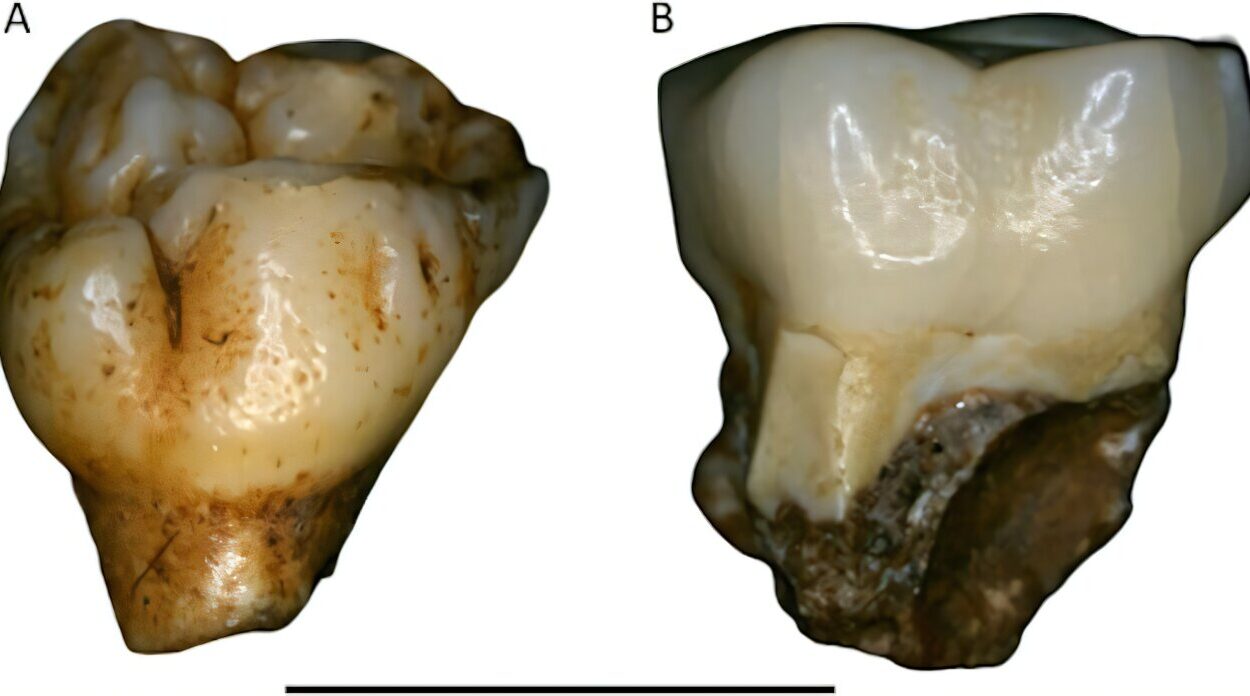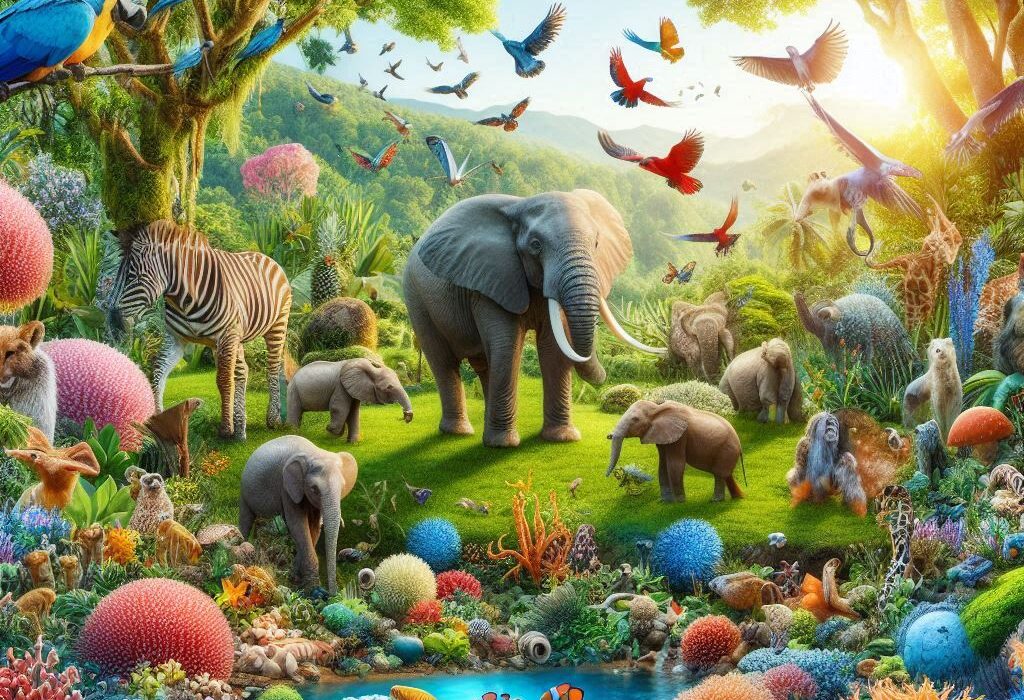Every living thing on Earth—whether a towering redwood, a humble bacterium, or a human being—shares a miraculous and mysterious thread: the gene. These tiny segments of biological instruction are woven deep into the core of every cell, guiding the development, function, and reproduction of life itself. Though invisible to the naked eye, genes are perhaps the most powerful entities in the biological universe, holding within them the code that builds a body, shapes a brain, colors a flower, or tunes a bird’s song.
The story of genes is not just a scientific tale; it’s a narrative of discovery, wonder, and endless complexity. To understand what genes are and where they reside inside the cell is to begin to understand life itself—from its simplest forms to the breathtaking intricacies of human thought, emotion, and disease.
From Mystery to Molecule: The Origin of Genetic Thought
Long before scientists knew what a gene was, the effects of genes were plain to see. Peas that bore round or wrinkled seeds, families with similar faces, inherited diseases that followed generations—all were clues pointing to some invisible force of inheritance. In the mid-19th century, a quiet Austrian monk named Gregor Mendel meticulously studied the patterns of pea plant traits, unknowingly laying the foundation for the science of genetics.
Mendel’s work proposed that traits were passed from parent to offspring in discrete units—what he called “factors.” It would take decades before the term “gene” was coined and even longer before the physical nature of these factors was revealed. The gene transitioned from abstract idea to molecular reality, and science began to peer deep into the cell to see where these potent instructions were housed.
The Cell: A Universe in Miniature
To locate genes, one must first understand the structure of the cell. The cell is the smallest unit of life, an enclosed, dynamic world of molecules, structures, and fluids. Every human body is made up of trillions of these cells, each one humming with activity. Despite their diversity in shape and function, most cells share common features—membranes to define their boundaries, organelles to perform specialized tasks, and, most crucially, a nucleus.
The nucleus is the cell’s command center. It holds the cell’s genetic material, safeguarding the precious blueprints for making proteins, regulating metabolism, responding to signals, and replicating itself. Nestled inside the nucleus, wrapped tightly in proteins, are long strands of DNA—the chemical foundation of all genes.
DNA: The Language of Life
DNA, or deoxyribonucleic acid, is a molecule like no other. Shaped like a double helix—a twisted ladder with sugar-phosphate sides and nitrogenous base rungs—DNA contains a four-letter alphabet: A, T, C, and G (adenine, thymine, cytosine, and guanine). The order of these letters forms words, sentences, and volumes of instructions that cells use to live and grow.
Each gene is a specific sequence of DNA bases that tells the cell how to assemble amino acids into a functional protein. Some genes code for enzymes that catalyze chemical reactions, while others make structural proteins that give cells shape or signaling proteins that carry messages. Remarkably, these long stretches of genetic information are incredibly compacted to fit inside the tiny nucleus of the cell.
If you stretched out the DNA from a single human cell, it would be about two meters long. Yet, this DNA is intricately wound and packaged into structures called chromosomes, which in turn reside in the nucleus like encyclopedias in a library, each containing a specific set of genes.
Chromosomes: Organizing the Genome
Humans have 23 pairs of chromosomes—46 in total. One set comes from the mother, the other from the father. These chromosomes are not identical but complementary, housing thousands of genes that direct everything from eye color to susceptibility to diseases. Chromosomes are the carriers of genes, and their structure ensures that genetic material is accurately replicated and distributed during cell division.
Each chromosome has a unique size and shape, and genes are located at specific positions, known as loci. While some chromosomes are gene-rich, others contain vast stretches of non-coding DNA—sequences that don’t directly instruct protein synthesis but may play regulatory or structural roles. In this way, the genome, or the entire genetic content of an organism, is far more than just a list of parts. It is a complex and dynamic system of switches, circuits, and regulatory pathways.
What Exactly Is a Gene?
A gene is not merely a stretch of DNA. It is a functional unit with a beginning, middle, and end. Typically, a gene contains a promoter region (which signals where to start), a coding region (which contains the instructions for making a protein), and a terminator (which signals where to stop). Some genes also include introns—non-coding sections interspersed with exons (coding regions). During the process of transcription, introns are spliced out, and exons are stitched together to form the final messenger RNA (mRNA), which leaves the nucleus to guide protein synthesis in the cytoplasm.
Not all genes code for proteins. Some produce RNA molecules that serve other roles, like ribosomal RNA (rRNA) or transfer RNA (tRNA), which are essential for the machinery of protein production. There are also regulatory RNAs—like microRNAs—that fine-tune gene expression, silence certain genes, or coordinate entire networks of activity.
Genes are thus modular, multifunctional, and deeply contextual. The same gene might behave differently depending on which cell it’s in, what signals it receives, and how it is modified by the cellular environment. This complexity is what makes biology both beautiful and bewildering.
Where Genes Are Found: More Than Just the Nucleus
Though the vast majority of genes reside within the nucleus on chromosomes, some are found elsewhere in the cell. One important exception is the mitochondrion—a bean-shaped organelle known as the powerhouse of the cell.
Mitochondria have their own DNA, a remnant of their evolutionary past when they were likely free-living bacteria engulfed by early cells in a symbiotic relationship. Mitochondrial DNA (mtDNA) is circular and relatively small, encoding just a few dozen genes necessary for energy production. Intriguingly, mtDNA is inherited solely from the mother, which allows researchers to trace maternal ancestry through generations.
Chloroplasts, the energy-converting organelles found in plant cells, also contain their own genes, further supporting the theory that these structures evolved from ancient symbiotic organisms.
So while the nucleus holds the bulk of our genetic library, the cell’s story is broader, told in multiple locations and written in different dialects of the same fundamental language.
The Expression of Genes: From Silence to Symphony
A gene, like a musical score, must be played to be heard. The act of “expressing” a gene involves reading its instructions and producing the corresponding RNA and, often, a protein. This process is known as gene expression and occurs in two main steps: transcription and translation.
During transcription, a gene’s DNA sequence is copied into mRNA by the enzyme RNA polymerase. This mRNA then exits the nucleus and enters the cytoplasm, where it encounters ribosomes—the cellular machines that read the RNA and string together amino acids to form proteins.
But gene expression is not a constant, unchanging process. It is highly regulated. Some genes are always on, like those involved in basic cell maintenance. Others are turned on or off in response to environmental cues, developmental signals, or cellular needs. This regulation allows a single genome to give rise to a multitude of cell types—neurons, muscle cells, skin cells—each expressing a unique subset of genes.
Epigenetic modifications, such as DNA methylation and histone acetylation, further influence which genes are accessible and active. These modifications do not change the DNA sequence itself but affect how tightly it is packed, making genes more or less available for transcription.
The Human Genome: Mapping the Instructions of Life
The complete set of genetic instructions in a human cell is called the human genome. It consists of approximately 3 billion base pairs of DNA and contains about 20,000-25,000 protein-coding genes. The Human Genome Project, completed in 2003, was a monumental effort to sequence and map all the genes in human DNA.
Surprisingly, only about 1-2% of our DNA actually codes for proteins. The rest—once thought of as “junk DNA”—is now known to contain regulatory sequences, structural elements, and non-coding RNAs that play crucial roles in gene expression and genome organization.
The mapping of the human genome has opened new frontiers in medicine, allowing scientists to identify genetic variants linked to diseases, develop targeted therapies, and explore the potential of personalized medicine. Yet, the genome is not a static book but a dynamic system, constantly interacting with the environment and changing in response to lifestyle, stress, and age.
Mutations: When the Code Goes Awry
Genes are not infallible. Mutations—changes in the DNA sequence—can alter how a gene functions. Some mutations are harmless or even beneficial, introducing diversity into a population. Others can lead to disease by producing defective proteins, disrupting regulatory networks, or triggering uncontrolled cell growth.
Mutations can be inherited or acquired during a person’s lifetime due to errors in DNA replication, exposure to radiation, chemicals, or viral infections. Some well-known genetic disorders, like cystic fibrosis, sickle cell anemia, or Huntington’s disease, are caused by specific mutations in single genes. Others, like cancer, often involve multiple mutations across many genes and regulatory regions.
Understanding how mutations affect gene function is one of the great challenges of modern biology. It is also the key to developing gene therapies—techniques that aim to correct or replace faulty genes to treat disease.
CRISPR and the Age of Gene Editing
One of the most exciting developments in recent years is the advent of CRISPR-Cas9, a gene-editing technology that allows scientists to precisely cut and modify DNA sequences. Originally discovered as part of a bacterial immune system, CRISPR has become a powerful tool for genetic engineering.
With CRISPR, researchers can delete, insert, or correct specific genes, opening up possibilities for treating genetic disorders, enhancing crop yields, and even eliminating diseases like malaria by modifying insect populations. But this power comes with ethical concerns. The ability to edit human embryos, for example, raises profound questions about consent, equity, and the nature of human identity.
Gene editing may one day allow us to correct devastating mutations, but it also forces society to confront what it means to alter the fundamental code of life.
Genes and the Future of Medicine
As our understanding of genes grows, so too does our ability to harness that knowledge for healing. Genetic testing can now identify inherited risks for diseases like breast cancer or Alzheimer’s. Pharmacogenomics—using genetic profiles to predict how individuals will respond to drugs—is helping doctors tailor treatments more effectively.
Gene therapy, once a distant dream, is becoming a clinical reality. By delivering healthy copies of genes or silencing faulty ones, scientists are treating conditions once thought incurable. Clinical trials for diseases like spinal muscular atrophy, hemophilia, and retinal dystrophy have shown remarkable success.
Meanwhile, advances in synthetic biology are enabling the design of entirely new genes and genetic circuits, blurring the line between biology and technology. The cell is no longer just a vessel for genes—it is becoming a programmable system, with genes as its operating software.
Conclusion: The Eternal Story Written in Cells
To ask what genes are and where they’re found in the cell is to open a doorway into the most intricate and astonishing story ever told—the story of life. Genes are not merely molecules. They are the vessels of memory, the instruments of creation, the architects of structure, and the conductors of function. They sit quietly within the nucleus, coiled in chromosomes, waiting to be read, copied, repaired, and expressed.
Yet, despite all we have learned, the world of genes remains filled with mystery. How do they interact in networks of unimaginable complexity? How do tiny changes ripple across generations to shape species and societies? How can we responsibly use our growing power to rewrite them?
These are the questions that will guide the next century of biology, medicine, and philosophy. In the delicate spirals of DNA, in the whispers of RNA, in the invisible symphony of gene expression, we hear the echoes of an ancient truth: that life is written not in stone, but in code—and that code is alive within each of us.






